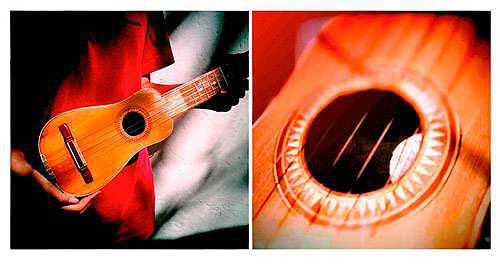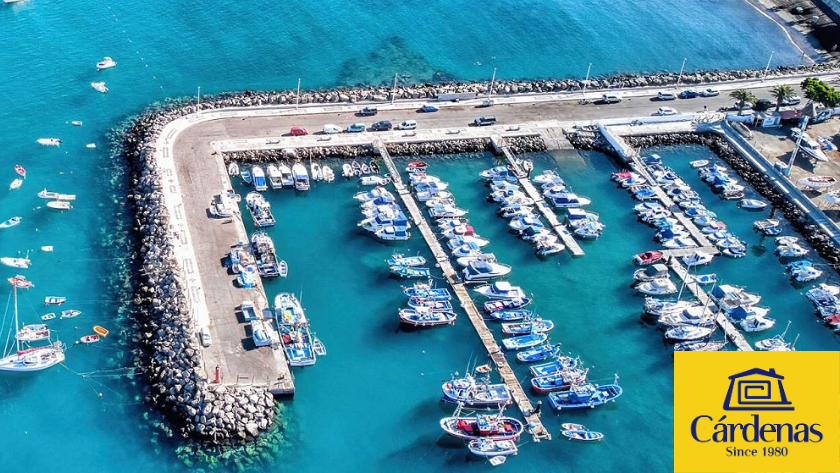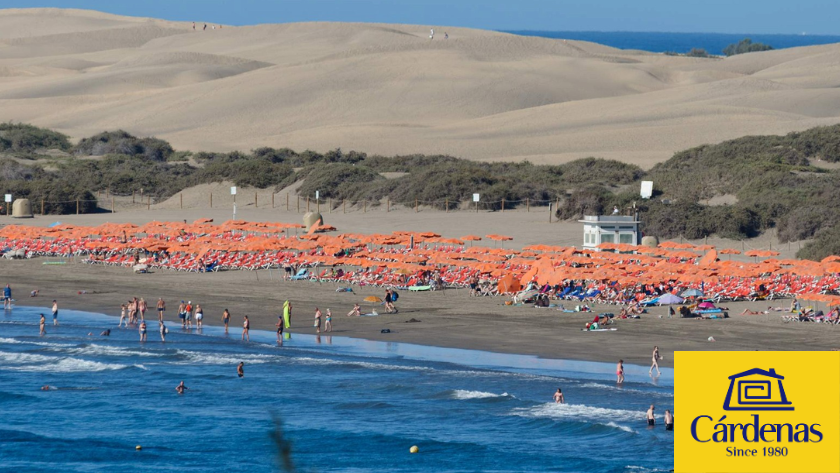
You can't visit Gran Canaria without hearing the upbeat sound of the timple, the traditional five-stringed instrument at the heart of any Canarian sing-along.
Timples are only about 40 centimetres long and have five (sometimes four) strings. Their exact origins are unknown although similar instruments are found in Spain and South America (the first historical reference to a timple in the Canaries is from the 18th Century). However, the timple has now evolved into a uniquely Canarian instrument.
The timple's sound comes from its narrow but deep soundbox which gives the instrument a humped back and the nickname "camellito sonoro" (noisy camel). Nowadays you even get electric timples made from carbon fibre, although purists won't have anything to do with them.
The best timples are made from rosewood, red eucalyptus or mulberry wood and the strings were originally made from gutstring or fishing line but are now nylon or carbon fibre.
Timples come in concert, soprano, baritone and tenor versions, each with a slightly different length and structure to create their sound.
































































